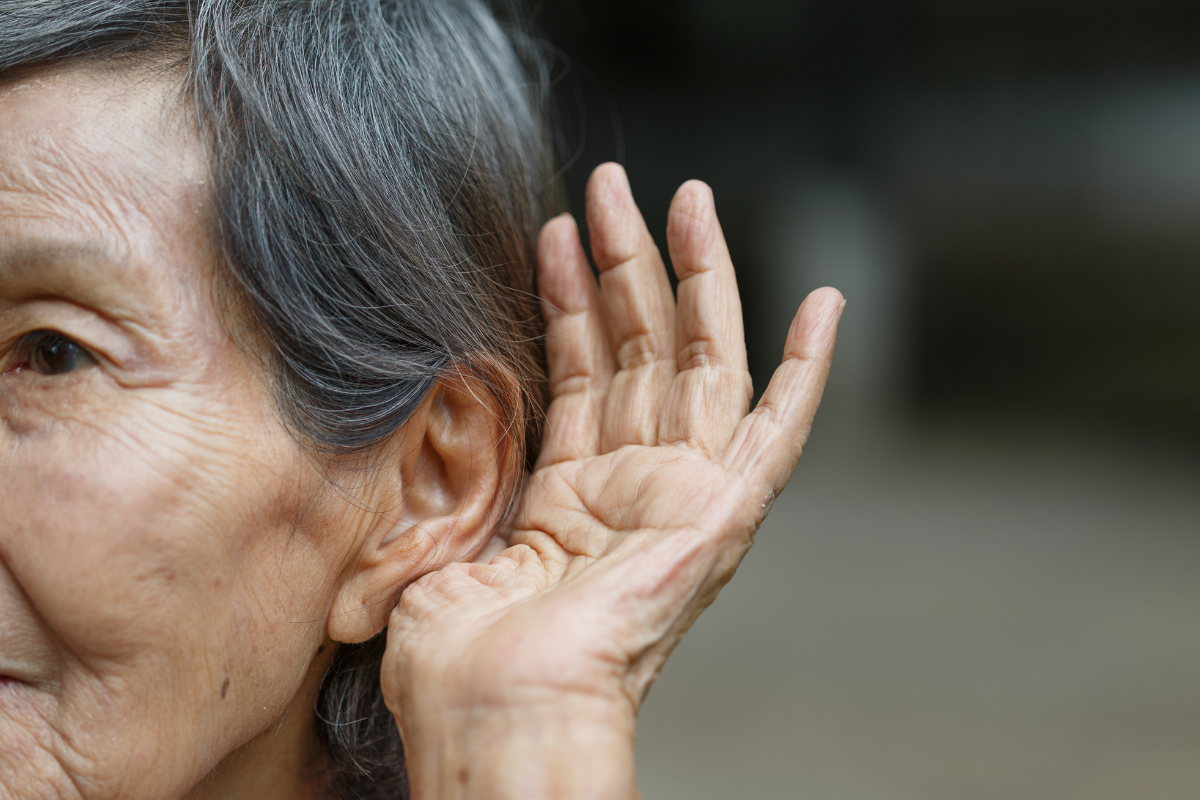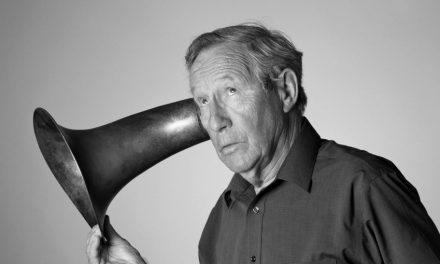Unilateral Hearing Loss: Causes and Consequences
Written by Élise Lévesque,
Audiologist

Hearing loss to only one ear is known as unilateral hearing loss or single-sided deafness. It is far more common than one would expect. This type of hearing loss can have many causes:
- Sudden hearing loss
- One-sided ear damage or infection
- Head trauma
- One-sided damage to the hearing nerve (e.g.: auditory neuropathy)
- Ear tumour or brain tumour
- Circulatory system disorders
Deafness to one ear comes with a variety of everyday difficulties.
Difficulty Localizing Sounds
Not being able to determine where sounds come from is a major difficulty experienced by people with single-sided deafness.
Indeed, to be able to localize a sound source, the brain compares the auditory information that comes from both ears. With only one ear, the brain has no basis for comparison, and sound localization is therefore impossible.
Hence, for people with unilateral hearing loss, all sounds seem as if they’re coming from the hearing side, no matter where they’re coming from. This can, of course, be very bothersome, even dangerous.
Things like driving, biking, or simply crossing the street require more vigilance because traffic sounds can’t be localized. Being called from behind requires a complete spin on one’s self to know where the voice came from.
Difficulty Understanding Speech in Noise
Having two ears is very important to understand speech in the presence of any noise.
The brain can much better dissociate background noise from speech sounds when the auditory information comes from both sides.
When the information is received only from one side, the dissociation happens much less effectively. Hence, it is very difficult for people with single-sided deafness to maintain a conversation in a noisy environment.
Difficulty Understanding Any Speech Coming from the Hearing-Impaired Side
With single-sided deafness, even if the other ear has perfect hearing, any sound coming from the hearing-impaired side will be hardly discernable.
That is due to something called the head shadow effect. Indeed, the head represents an obstacle to sound waves. Many sound waves coming from the “worst” side are blocked by the head, and can’t travel to the other ear, the “best” one.
That causes no problem when there’s a functional ear on each side, however, with only one working ear, it means half the auditory world is cut off.
Auditory Fatigue
Understanding and localizing speech demand more cognitive effort throughout the day for people with deafness to one ear.
This can be very draining. Therefore, at the end of the day, they can find themselves significantly more exhausted than their normal-hearing peers.
Also, for children, unilateral hearing loss can be the reason for language and learning difficulties.
Despite the many difficulties, there are solutions for unilateral hearing loss.
Any question? Contact an ODYO’s team member!

 1.800.909.ODYO
1.800.909.ODYO support@odyo.ca
support@odyo.ca Online
Online  Shop
Shop  Blog
Blog 








